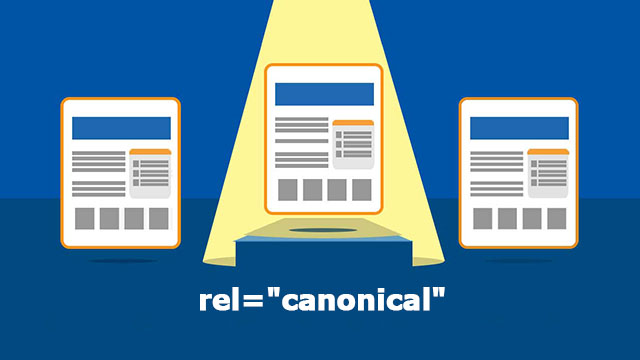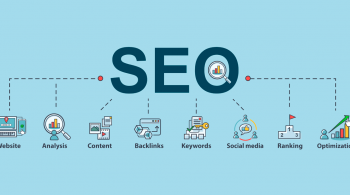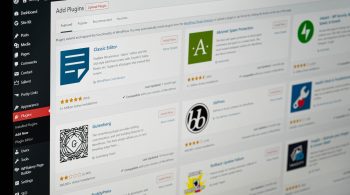What is Canonical?
The Canonical tag, also known as Rel Canonical, is a way of telling search engines that a URL is a copy of an original URL that you want search engines to display above the results. search
Simply put, the use of Canonical is to merge URLs with duplicate or similar content on many different URLs.
Importance of Canonical in SEO
As a website is getting bigger and bigger and more informative it will lead to appearing on other pages with similar or duplicate content. This will cause the problem of “duplicate content” as well as the website will be penalized by search engine algorithms.
It can be said that a website when having problems with duplicate content will be extremely complicated. When a search engine crawls URLs with the same or similar content and if those URLs are eligible to index and rank for a given keyword phrase. This will cause the search engine to choose the ranking of the URL you do not want. And Canonical Tags are a solution to this problem.
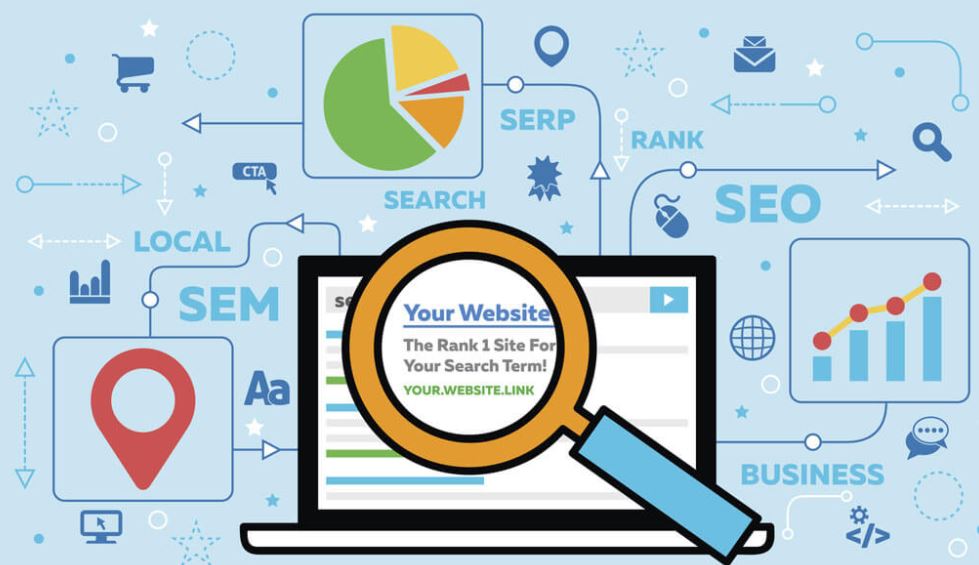
Canonical is used to merge URLs with duplicate or similar content on different URLs
- Specify a canonical URL that you want searchers to see search results
- Merge URLs with similar or duplicate content
- Simplify tracking metrics for a topic or product
- Manage distributed content if the published content is on different domains, then you want to be able to consolidate the ratings of the pages for the preferred URL
- To avoid bots search engines spend time crawling on duplicate pages. Then the bots will get the most out of your site and spend more time crawling the new page on the web instead of crawling the desktop and mobile versions.
Why should I use Canonical URL when SEO website?
When using Canonical URL properly and reasonably, it will help users deal with problems when search engines make duplicate content errors on the website. SEO itself is also very allergic to duplicate content on websites and between pages on the same website. Duplication will waste time and resources of SEO when having to collect a lot of information on the same pages. At the same time, it also brings discomfort to information searchers when accessing websites with similar content.
Therefore, once your website has identified which pages are canonical among the pages where you see duplicate content, you proactively make this crawling easier. It also means that it makes your website more SEO friendly and has also contributed to the optimization of the website.
How to use Canonical for effective SEO
In e-commerce websites, the sales pages are the ones most likely to have duplicate content. Because in the same product category, there will be many different versions and designs, but if the same type or name, features and only differ in color, size, number, price, small symbol, stop.
However, not only e-commerce and sales sites are “victims” of duplicate content. But nowadays, almost all websites face these risks. Therefore, the use of Canonical for websites is a very important thing that websites need to have.
There are many methods for Canonical optimization. However, not everyone knows how and chooses how to use the Canonical tag in SEO to bring the best effect to the website.
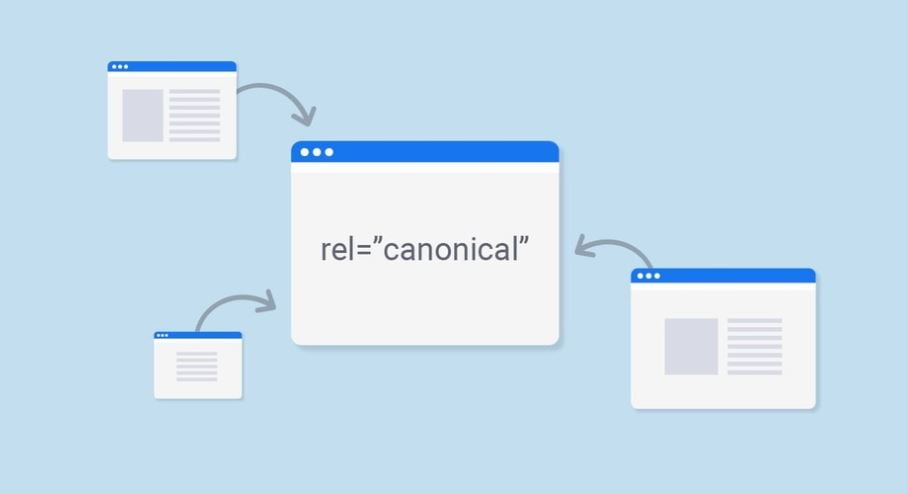
How to use canonical effectively?
Method using absolute URL
Google has stated it’s best not to use relative paths. You should put your URL in absolute link i.e. use rel=canonical when your URL is optimized.
The main solution is to use structure-based: <link rel=”Canonical” href=”https//domain.com/sample-page/”/>.
Method of using lowercase URL
Because google can distinguish uppercase and lowercase URLs as two different URLs. Also, the best way for google to properly index links is lowercase URLs, you should use Canonical tags for lowercase URLs.
Correct method of using domain version (use https instead of http)
If your website has switched to SSL, you need to make sure that you have declared correctly with google the links to be converted to https in the rel=canonical tag. Because if you wrongly declare the old http URL, it will lead to confusion and change the ranking of your website.
- <link rel=”canonical” href=”https://domain.com/sample-page/”/>
- If your website has not been converted from http to https, you can use rel=canonical with the following syntax:
<link rel= “canonical” href=”http://domain.com/sample-page/”/>
The method of using only one Canonical tag for each website
You might think that Canonical can be used as much as possible to prevent duplication of content. But in fact, if your website has many Canonical tag declarations, google will automatically ignore the suggestions of that rel=canonical tag.
Therefore, you just need to do a good job of optimizing the title tag and description in the published content.
How will Canonical tags help SEO?
The Canonical tag helps to solve the problem of duplicate content by using a unique and official URL. Any copies of Canonical will be claimed to that official URL. It can be seen that there are many cases where it is necessary to use Canonical tags such as:
- http and https
- www and non www
- Home page and index.php
- Use AMP or mobile version
Where to put the Canonical tag?
The syntax of the Canonical tag is very simple compared to other tags and the location of this tag is in the <head>. And usually with wordpress source code, one can use the Yoast SEO plugin to generate Canonical tags automatically.
Canonical tag not working
The Canonical tag is not just a directive so it will probably be ignored, and having conflicting URLs in the sitemap or in the internal link gives quite a mixed signal.
In addition, there are cases like copying the article and not changing the Canonical tag to the unique URL. You should use absolute and not relative URLs to avoid Canonical errors. Canonical tags automatically define and cause multiple pages to show up to search engines as if it were a preferred version. If the website has many different Canonical tags, on the same display content, google will remove both.
What will Google do if it detects the above signs of confusion. They will try to find and identify various signals such as internal links, Canonical tags, sitemaps or other factors. For example, it can choose shorter paths than long ones, or it can choose https instead of http.
Google will give preference to https pages over similar http pages if the pages have the same content. Unless it has the following conflicting signals:
- https site has invalid SSL certificate
- The https page is blocked from crawling
- https page contains insecure dependencies
- The https page redirects the user to or information through the http page
- The https page contains a noindex robot meta tag
- The https page contains a rel=Canonical link to the http page
Interact with other tags and canonical
It is very easy for a Canonical tag to go wrong by a few minor details such as typos, slashes or peculiarities in page numbering or hreflang.
In these sets, having the different page indexed rather than the page contained in the tag will prevent the set of pages from merging as they should. Like setting up Canonical on page 2 of a set of links on page 1. The noindex and canonical tags are also used together. I see cases when the canonical tag seems to take the noindex tag to the preferred version.
Other uses of canonical tags
Did you know that canonical tags are used with many different domains. This is really going to be a very popular way to use content control. You should also avoid duplication of minor versions of your site such as the mobile version or the AMP version. According to google, there will be no need to change the canonical for mobile-first index in the near future.
Notes on using Canonical tags
Avoid using cross-canonical tagging
Cross-canonical tagging is to tag Canonical page A on page B or vice versa, which will cause search engines to ignore the tag or misunderstand. To prevent this from happening, it’s important for search engines to understand the tagging intent in a clear way.
Check Canonical tag again after mounting
After mounting, it is necessary to check if the correct URL has been attached, to avoid errors or negligence leading to the wrong tagging of Canonical tags. Especially in e-commerce sites and content management systems. Currently, there are many quality tools to check Canonical URL in which Open SEO Stats will have many options for SEOer.
Be careful with sites that almost duplicate content
The Canonical tag can be used for pages with nearly identical content. As pages about products differ only in currencies, features and locations. Note that if the content of the pages is too different, the search engine may ignore the Canonical tag
Above is the basic information to help you answer the question of what Canonical is as well as it has added some very useful knowledge for SEOer .

